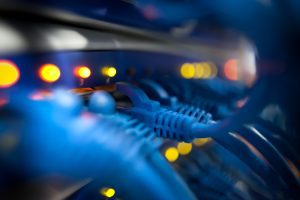To reduce distribution network performance problems, huge investments can be made to replace aging infrastructure. Yet, with overall demand increasing and reliable power being so vital for businesses and services, the evolving grid of the future will likely need to be upgraded to include self-healing capabilities designed to minimize outages resulting from disasters, human error, or even sabotage.
This grid intelligence is comprised of sensors, communications, automated controls, and advanced software that utilize real-time distribution data to respond to abnormalities. It constantly looks for potential problems and identifies the presence of a fault and pinpoints the location of the event. It automatically isolates the faulty section within a fraction of a second; then, it reconfigures the grid to re-energize faulty sections as quickly as possible.
In a way, this automation and control solution performs like a super immune system for the distribution network, making it more resilient to faults that might otherwise cascade into a major blackout – all with minimal human intervention.
Not only does the self-healing grid minimize costs related to service failures, it also reduces the utility’s SAIDI (System Average Interruption Duration Index) – the measure of average outage duration for each customer served – reflecting improved quality of electricity services and reliable energy for end users. Finally, and not the least of benefits: the self-healing grid can minimize deliberate intent to interrupt the power grid.
So, while utilities are replacing aging infrastructure to achieve Smart Energy performance, they will want to consider replacing traditional analog technologies with the digital power electronics technologies and digital control that is basic to a self-monitoring, self-healing – and more reliable and secure – grid.



